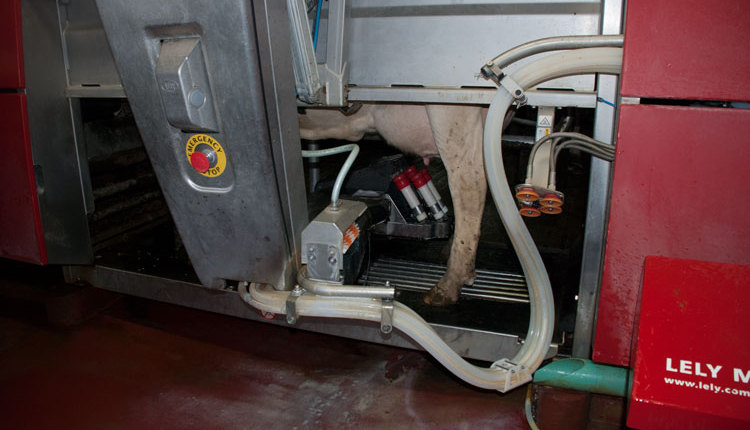
For dairy farmer Jason Troyer, of RJT Dairy Farm in Centerville, Pa., the transition to the use of an automated milking system in 2015 was just a step in the robotic milking journey.
“Don’t make any decisions quickly, and you have to be diligent in your homework,” he said.
That means understanding how and where robots fit into a farm’s management style and what the goal of implementing automated technologies is.
During his presentation at the Precision Dairy Conference in Lexington, Ky., Troyer also left the crowd with items he thought were vital to his family’s transition.
“Be patient with the cows,” he said. “We had some we never thought would figure it out, but they did.” Additionally, he said it was helpful to have people working who understood the cows, could keep them clean, and could complete maintenance on the robots as needed.
“If we were still milking cows like we were that first month, we’d be in trouble,” he said.
According to Troyer, the most essential management practices for success revolved around robot characteristics:
• Have an accurate ration
• Understand the equipment
• Have a good routine
• Focus on preventative maintenance
• Keep stalls clean
• Singe udders
• Develop heifer training protocols
• Breed for feet and legs, teat placement, and milking speed
• Encourage good foot health
“The transition never ends for us. We should never be happy with where we’re at,” he concluded. No matter the milking scenario, this management mindset speaks of continual improvement. With the right keys and practices, success awaits precision dairy users.








